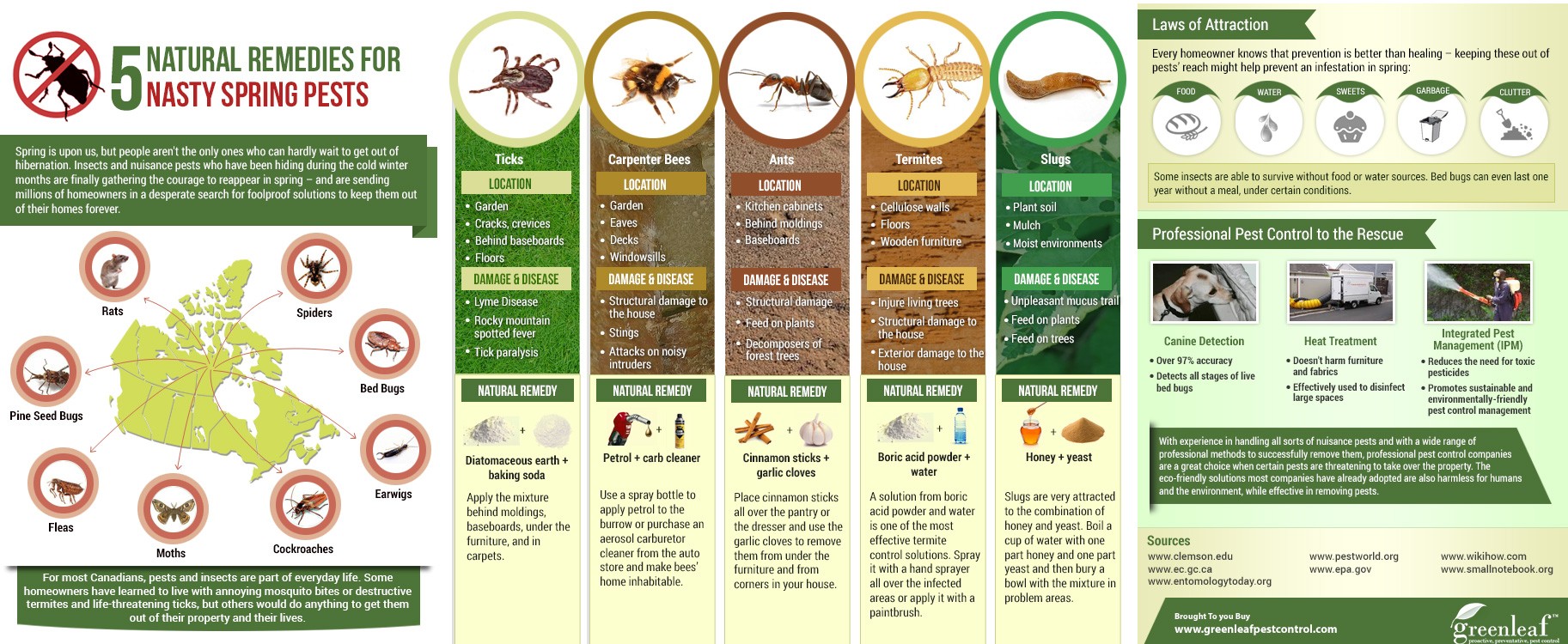Tips For Homeowners: Just How To Maintain Rodents Out Of Your Attic
Tips For Homeowners: Just How To Maintain Rodents Out Of Your Attic
Blog Article
Written By- check here
Visualize your attic as a comfortable Airbnb for rats, with insulation as fluffy as resort cushions and circuitry a lot more luring than room service. Now, picture these unwanted visitors throwing a wild celebration in your house while you're away. As a house owner, guaranteeing your attic is rodent-proof is not almost comfort; it has to do with shielding your home and enjoyed ones. So, what straightforward steps can you take to secure your haven from these furry intruders?
Check for Entry Points
To begin rodent-proofing your attic room, examine for entry points. Begin by thoroughly taking a look at the exterior of your home, seeking any type of openings that rodents can make use of to access to your attic room. Look for gaps around energy lines, vents, and pipelines, as well as any splits or openings in the structure or house siding. Make certain to pay very close attention to areas where different structure materials meet, as these prevail entry factors for rodents.
Furthermore, evaluate the roofing for any type of damaged or missing shingles, along with any kind of voids around the edges where rats can squeeze through. Inside the attic, try to find indications of existing rodent activity such as droppings, chewed cords, or nesting materials. Make use of a flashlight to thoroughly inspect dark corners and concealed areas.
Seal Cracks and Gaps
Evaluate your attic room extensively for any type of cracks and spaces that require to be sealed to avoid rodents from getting in. Rats can squeeze via even the tiniest openings, so it's critical to seal any kind of prospective entrance factors. Examine around pipes, vents, cords, and where the wall surfaces satisfy the roof. Use a combination of steel wool and caulking to seal off these openings successfully. Steel woollen is an outstanding deterrent as rodents can't eat via it. Make sure that all spaces are snugly secured to deny access to unwanted insects.
click here for more info neglect the significance of securing spaces around windows and doors also. Use climate removing or door moves to seal these locations properly. Examine tick insecticide where energy lines enter the attic room and secure them off utilizing a suitable sealant. By putting in the time to secure all splits and spaces in your attic, you produce a barrier that rats will certainly discover hard to violation. Avoidance is key in rodent-proofing your attic room, so be detailed in your initiatives to seal off any kind of potential entry points.
Eliminate Food Resources
Take aggressive actions to get rid of or store all potential food resources in your attic to discourage rodents from infesting the area. Rats are drawn in to food, so eliminating their food sources is vital in keeping them out of your attic.
Below's what you can do:
1. ** Store food securely **: Prevent leaving any kind of food products in the attic. Store all food in closed containers constructed from steel or durable plastic to avoid rodents from accessing them.
2. ** Tidy up particles **: Get rid of any kind of piles of debris, such as old papers, cardboard boxes, or wood scraps, that rodents could use as nesting product or food sources. Keep the attic clutter-free to make it less appealing to rats.
3. ** Dispose of waste properly **: If you utilize your attic room for storage and have waste or waste up there, see to it to deal with it regularly and appropriately. Rotting garbage can draw in rats, so keep the attic room tidy and devoid of any type of organic waste.
Final thought
To conclude, bear in mind that an ounce of avoidance is worth a pound of treatment when it comes to rodent-proofing your attic room.
By putting in the time to examine for entrance points, seal cracks and gaps, and remove food sources, you can keep unwanted insects away.
Keep in mind, 'An ounce of prevention is worth an extra pound of remedy' - Benjamin Franklin.
Remain aggressive and protect your home from rodent infestations.
